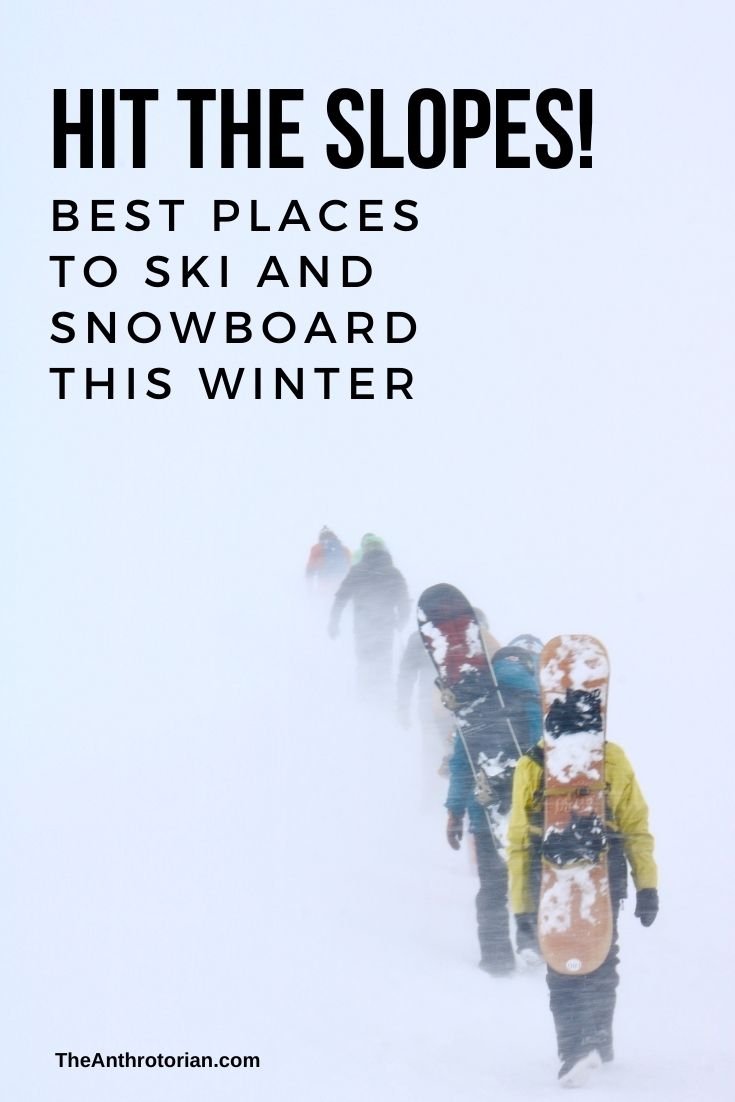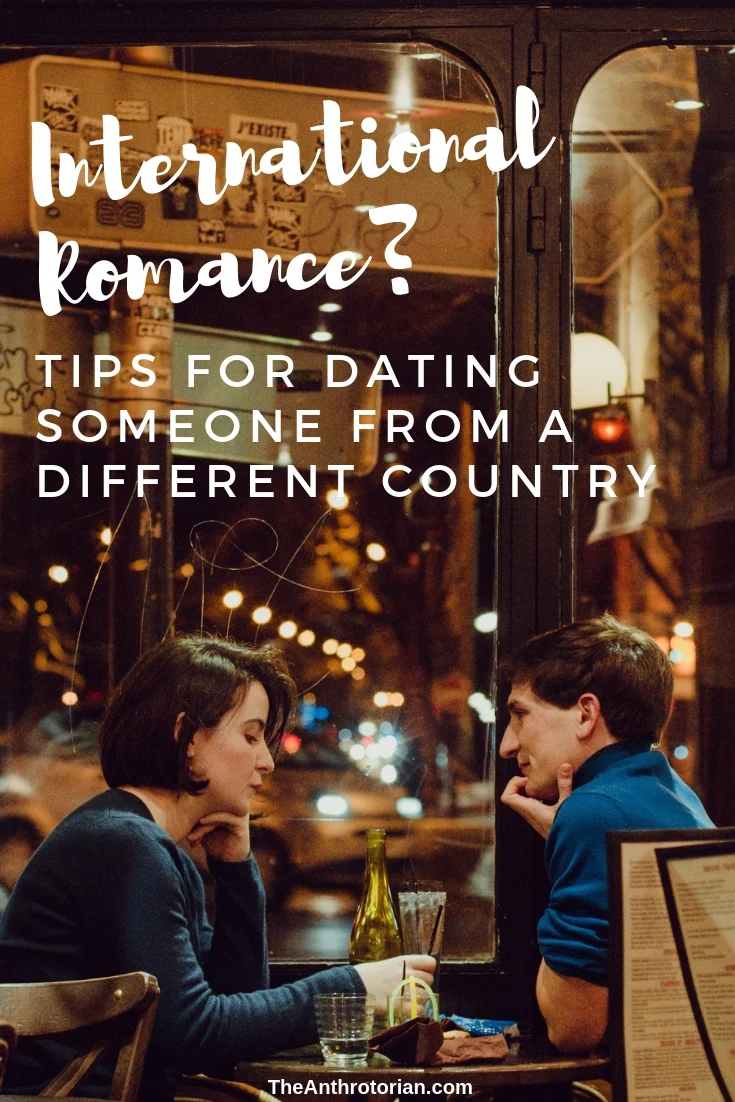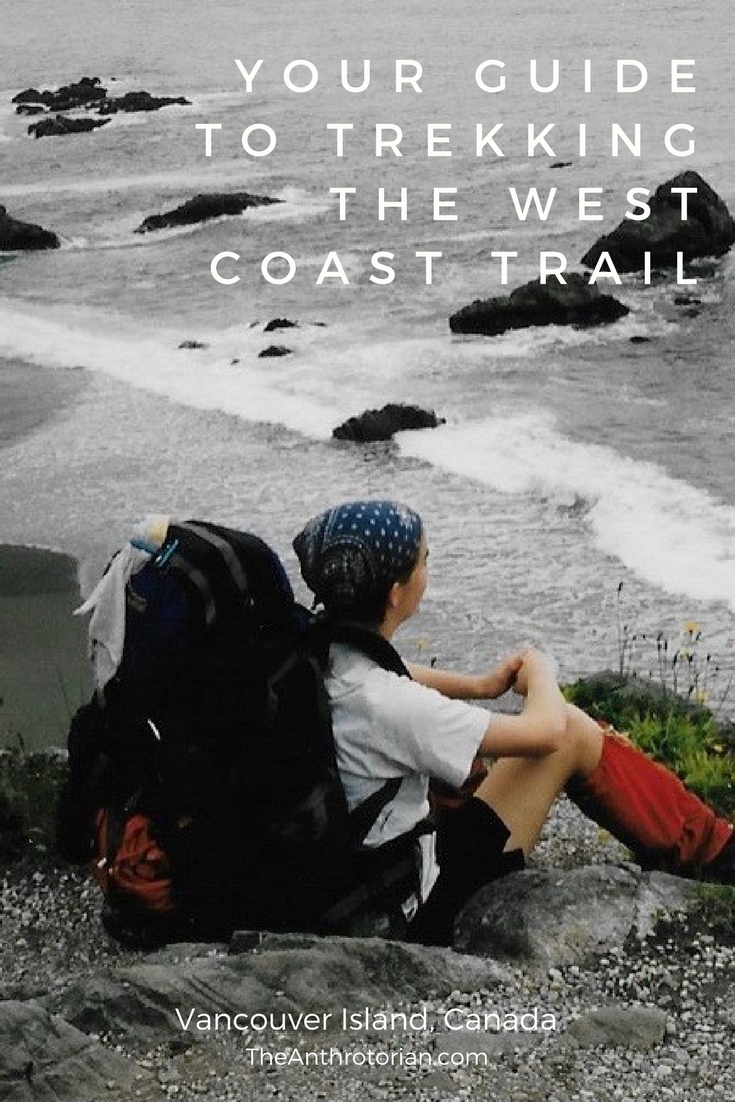Have you found coffee in France to be incredibly overpriced? Was your last meal outrageously expensive? It might be because of how you asked for it.
Read MoreWhat Is Ramadan? The History of The Religious Celebration
Ramadan is a month-long Islamic holiday that involves fasting, and abstaining from other indulgent activities.
The month it is celebrated changes every year based on the lunar calendar, but it falls in the Northern Hemisphere's summer.
Read MoreWhat You Need To Know About Canadian Food
Travelling to Canada? Here's what you need to know about Canadian food: there is no Canadian food.
Let me explain.
Read MoreTravel Tip: Don't Sit Down When Dining In Rome, It Will Cost More!
An article published in The Telegraph a few years ago told the tale of a few tourists in Rome who kicked up a stink when they were charged 42 Euros for two ice creams and a bottle of water in a cafe. Thinking that they were being scammed, they even went so far as to get the police involved.
Read MoreMacarons! The History of These Beautiful French Treats
The first time that I ever saw a macaron was 14 years ago in Paris and I wasn't really sure what I was looking at.
Why?
Well, these tasty treats (which hadn't made it into the cafes and bakeries at home yet) are very brightly colored, often neon green, pink, yellow, and even blue.
Read MoreTo Kiss Or Not To Kiss? Your Guide To Cheek Kissing Etiquette
Social greetings can be hard enough to navigate when in a different country (do you shake hands, hug, bow... ) but when social kissing gets thrown into the mix (especially when kissing is not the norm where you come from) things can get VERY confusing.
When do you kiss?
How many kisses?
Left cheek? Right cheek? Both? Ahhhh!!!!
(You can see why social kissing can lead to serious social anxiety.)
Oh, and to make matters worse, not only are there different rules in every country, there are different rules in every city in every country... sigh...
Feeling overwhelmed? Here are a few simple, general rules to help you out:
Don't kiss people you don't know unless you are introduced to them in a social environment.
It is usually right cheek first, but be prepared to change direction at the last minute. (NOTE: A sense of humor is useful for an accidental meet-in-the-middle moment)
Sound effects, air kissing, and leaving behind saliva are to be avoided AT ALL COSTS!
Don't linger and keep your hands WELL above the waist.
When in doubt, let the other person take the lead.
Cheek kissing is very common in most of Europe, the Mediterranean, Latin America, the Middle East, Quebec (in Canada), and in parts of the US. Here are a few places you will encounter this custom:
UNITED KINGDOM: Cheek kissing is not very common, outside of close family and friends, except for amongst the upper and middle classes (usually in London) and is historically considered to be a French practice.
FRANCE: The French seem to enjoy two kisses — once on each cheek called faire la bise — starting on the left, though a popular French joke states that you may recognize the city you are in by counting the number of cheek kisses as it varies widely across the country.
SPAIN: Spaniards like the two-kiss rule, often starting with the right cheek.
NETHERLANDS, BELGIUM, AND SWITZERLAND: Cheek kissing is a common greeting between relatives and friends. Usually, three kisses are exchanged.
MIDDLE EAST: Cheek kissing in the Arab world is common between friends and relatives. However, cheek kissing between a male and female is usually considered inappropriate, unless they are related or married. Cheek kissing in Turkey is also widely accepted.
PHILIPPINES: Cheek kissing or beso is a common greeting. But, it is important to note that the Philippine cheek kiss is a cheek-to-cheek kiss, NOT a lips-to-cheek kiss.
LATIN AMERICA: In this part of the world, cheek kissing is a universal form of greeting between a man and a woman or two women. It is not necessary to know a person well or be intimate with them to kiss them on the cheek.
QUEBEC (CANADA): In Quebec, cheek kissing is referred to as un bec. People of the opposite sex often kiss once on each cheek. Cheek kissing between women is common, but not between men.
NORTH AMERICA: Cheek kissing is common in large cities with a European flare, in the southern United States, and among immigrant groups that have carried their customs over from their native countries. This type of greeting is, almost exclusively, performed only among friends and family.
So, to kiss or not to kiss? When in doubt, don't. Good luck!
Pin Me!
6 Things To Know About Life In Frozen Climates
1. You will have to plug your car in... like a toaster
Yup, it’s true! It gets SO cold that if you do not plug your block heater into an electrical source so that it keeps your anti-freeze warm, your engine will not start. Most outdoor parking lots have electrical outlets.
2. People who live in cities that are located far to the north (or south depending on the time of year) get SAD
Seasonal Affective Disorder or SAD is a medically diagnosed condition for the 'winter blues' that many people get because of how short the days become. The lack of exposure to sunlight can result in a deep depression. Don't worry though! There are solar lights that you can buy to sit under that are sure to cheer you up!
3. You will need to learn how to layer!
Just because it’s cold doesn't mean that people stay inside. It just means that you will have to wear long underwear, sweaters, snow pants, a neck-warmer, toque, mittens, wool socks, a jacket, winter boots... you get the idea.
4. If you are going to be walking around outside, leave your expensive, stylish, or trendy shoes at home
Because of ice, the sidewalks get covered in sand and salt so that pedestrians don't slip. This can seriously damage leather or suede shoes. Need another reason? It's freaking cold! You need socks and good grip on the bottom of your shoes to keep safe and warm!
5. Wind-chill plays a HUGE part in how cold it feels like outside
It may be –25 degrees Celsius (–13 degrees Fahrenheit), but with the wind-chill it could feel like –40 (–40 degrees Fahrenheit). When the temperature is forecasted, meteorologists will usually tell you how long it will take for exposed skin to get frostbitten so you know how covered you need to be to walk safely outside.
TIP: If you are doing any sport or activities in this chilly weather, cover exposed skin — like cheeks or your forehead — with Vaseline to keep a protective barrier between it and the wind.
6. We don't all live in igloos
Though ice is celebrated through ice sculpture competitions and festivals, nobody actually makes an igloo their permanent home anymore. Houses are extremely well insulated, however, and have to be built a certain way to ensure that any pipe with water running through it will not freeze, burst, and cause flooding.












